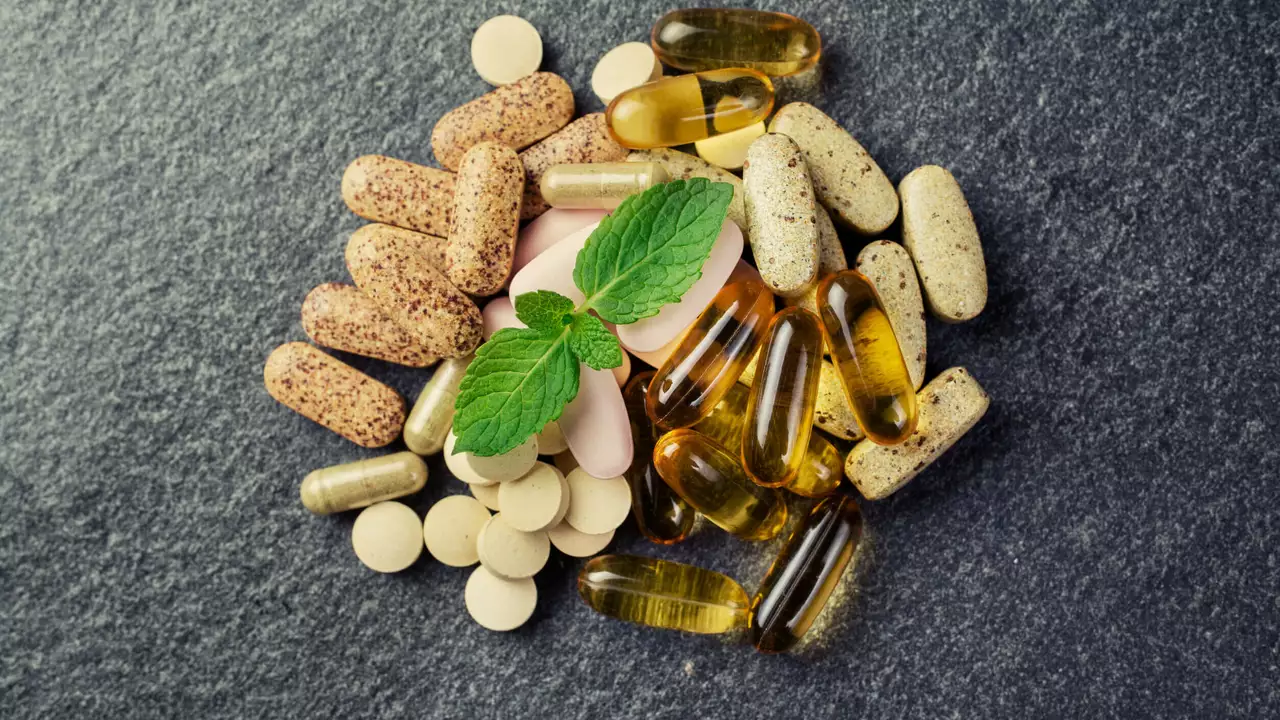Tansy (Tanacetum vulgare): Practical Uses and What to Watch For
Tansy is an old garden herb with bright yellow button flowers and a strong scent. People have used it for centuries as an insect repellent, garden pest control, and in folk remedies. But tansy also packs compounds that can be toxic if you use it wrong. This guide tells you how to spot tansy, when it might help, and where to be careful.
What tansy is and how to identify it
Tansy grows in clumps and reaches about 1–1.5 meters tall. Leaves look feathery and smell bitter when crushed. The flowers are small, round, and yellow—think button-like clusters, not daisy petals. You’ll often find it along roadsides, field edges, or in old gardens. Don’t confuse it with chamomile or feverfew; those have different flower shapes and milder smells.
If you plan to harvest, choose plants away from roads and treated fields to avoid pollutants and pesticides. Wear gloves when cutting—some people get skin irritation from fresh plant juice.
Common uses people try—and the reality
Gardeners like tansy for repelling ants, beetles, and some caterpillars. Toss dried tansy around bulbs or use a sachet in cupboards to deter moths. That’s low risk and often effective.
In folk medicine, tansy was used for digestive upset, menstrual cramps, and to treat worms. Modern advice is more cautious. Tansy contains thujone and other compounds that can cause nausea, dizziness, seizures, and liver damage if taken internally in high amounts. Because of that, many herbalists avoid internal use or limit it strictly. Tansy essential oil is much stronger and can be dangerous even in tiny doses—do not ingest it and avoid direct skin use unless properly diluted and guided by a trained practitioner.
Pregnant people and breastfeeding parents should avoid tansy altogether. It can stimulate uterine contractions and may harm pregnancy. Keep it away from children and pets too.
If you’re taking prescription medicines, ask a clinician before using tansy. It can interact with drugs that affect the liver or the nervous system.
Want to try tansy safely? Consider these practical tips:
- Use dried tansy in sachets or garden beds rather than eating it.
- Don’t make tea from tansy unless a qualified herbalist advises a safe, very limited dose.
- Avoid essential oil ingestion; for skin use, dilute heavily and patch-test first.
- Label and store away from kids and pets. If you suspect poisoning, contact emergency services or a poison center right away.
Tansy has useful roles, especially in the garden. But it’s not a harmless kitchen herb. Treat it with respect, avoid internal use unless supervised by a professional, and skip it during pregnancy or for children. If you’re unsure, ask a pharmacist or herbal clinician before trying it.

Get the Inside Scoop on Tansy: The Breakthrough Dietary Supplement for Better Health
I recently came across Tansy, a breakthrough dietary supplement that's been gaining popularity for its potential health benefits. From what I've gathered, Tansy is packed with antioxidants and anti-inflammatory properties, which can help combat various ailments and improve overall health. Some people have even reported experiencing increased energy levels and improved digestion after incorporating Tansy into their daily routine. As always, it's essential to consult with a healthcare professional before trying any new supplement, but I'm definitely intrigued by the potential benefits of Tansy. Stay tuned for more updates as I plan to dive deeper into this fascinating supplement!
More Detail